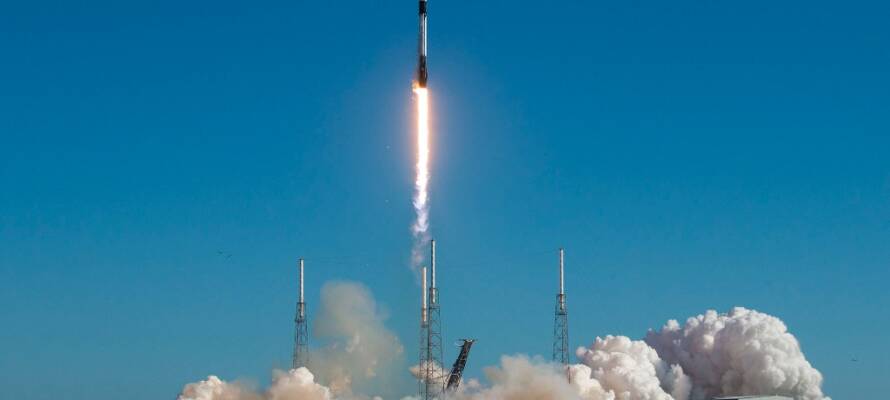The antenna’s deployment is a critical breakthrough for establishing a network of low Earth orbit nanosatellites to boost global communications.
By Pesach Benson, TPS
Beetlesat, an Israeli startup, successfully deployed a flexible, folding antenna on a nanosatellite, the company announced on Thursday.
The antenna’s deployment is a critical breakthrough for establishing a network of low Earth orbit nanosatellites to boost global communications.
A nanosatellite is any satellite weighing less than 10 kilograms. Beetlesat’s satellite weighs nine kilos.
Launched from Cape Canaveral, Fla., aboard a SpaceX rocket on Jan. 3, the satellite now orbits Earth at an altitude of 530 km. It is Beetlesat’s second satellite in orbit.
The parabolic antenna with a diameter of 60 cm can send and receive high amounts of data in space. The satellite is capable of transferring data at a rate of two gigabit per second. Similar nanosatellites, for comparison, have a data rate of 20 megabits per second.
Beetlesat intends to launch 264 nanosatellites to boost broadband and cellular coverage around the planet serving the public and commercial sectors.
The Israel Space Agency of the Ministry of Innovation, Science and Technology provided support.
Developing a lightweight antenna capable of transmitting high rates of data was the key breakthrough because the most significant factors in the cost of launching satellites is their mass and volume, Beetlesat President Patricio Northland explained.
“We are thrilled to have achieved this important milestone,” said Northland. “The successful deployment of the antenna is a testament to the hard work and dedication of our team and partners and we are proud to be at the forefront of satellite technology.”
